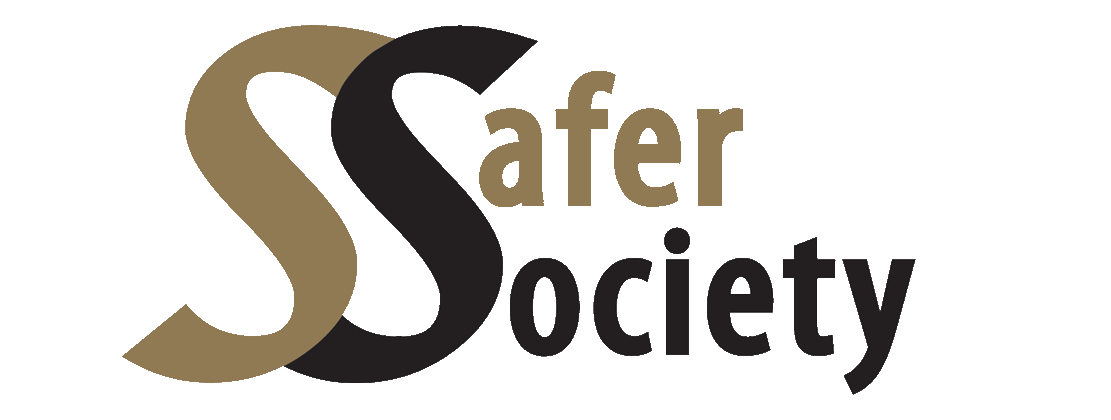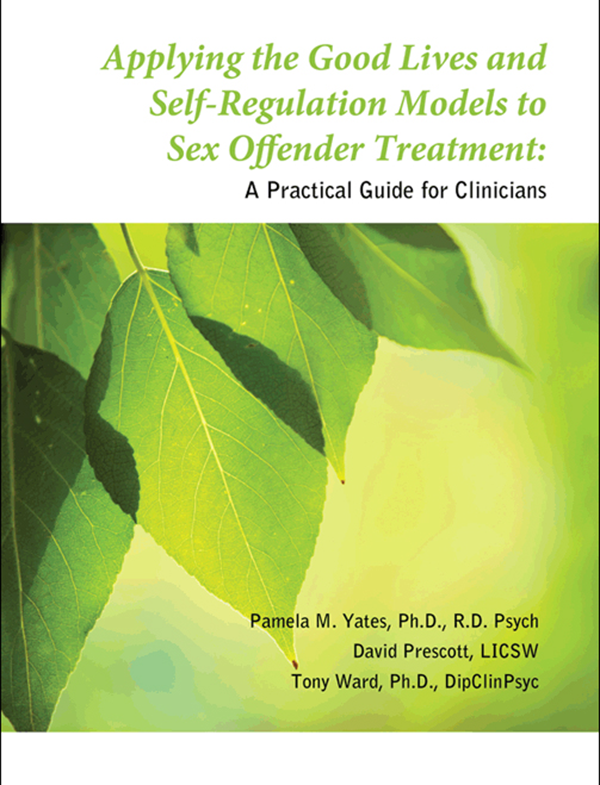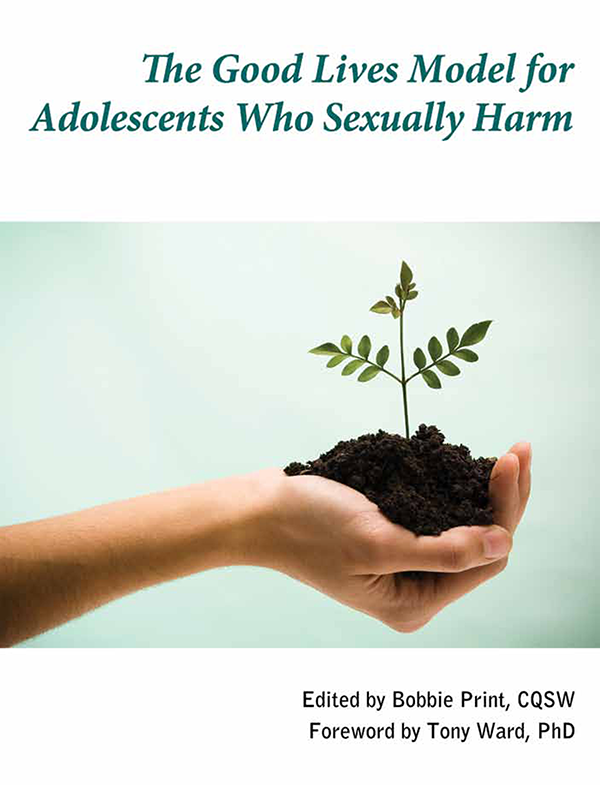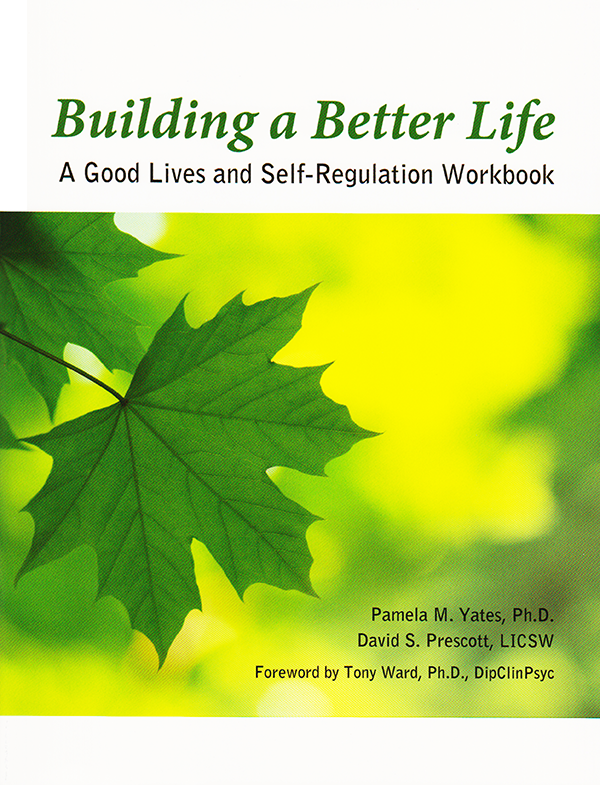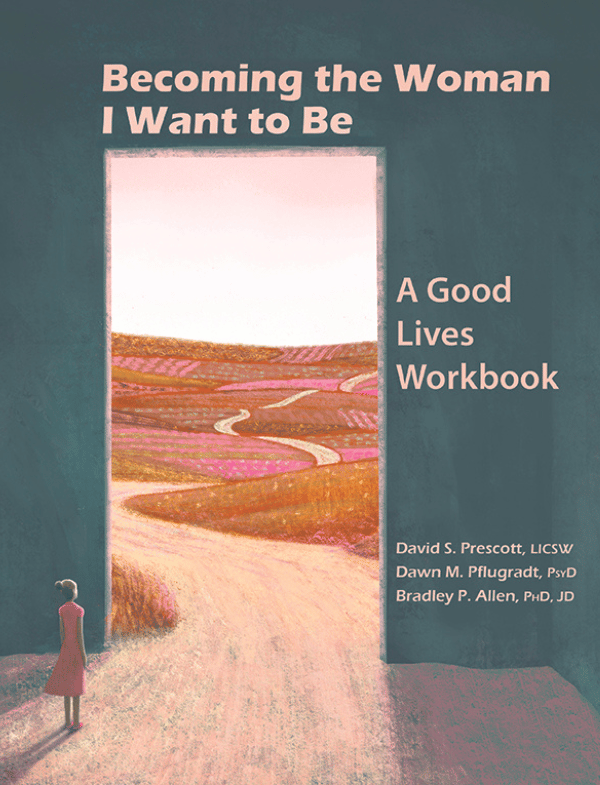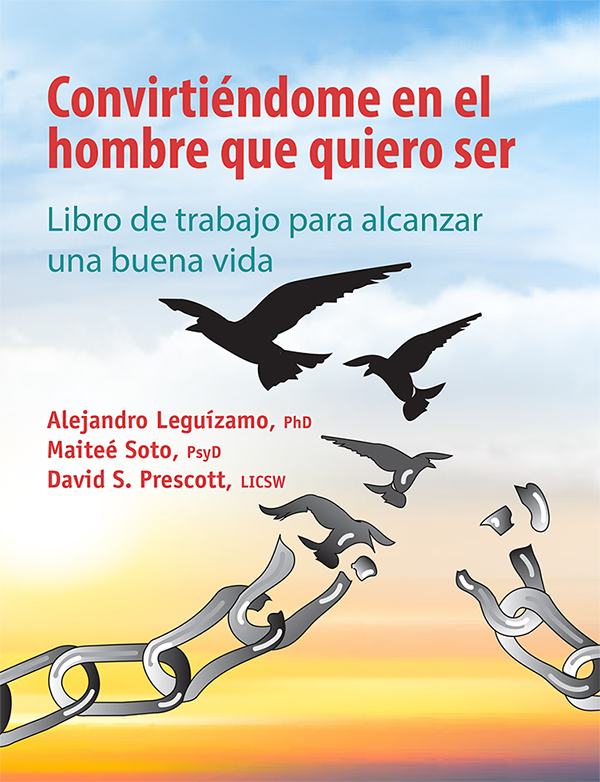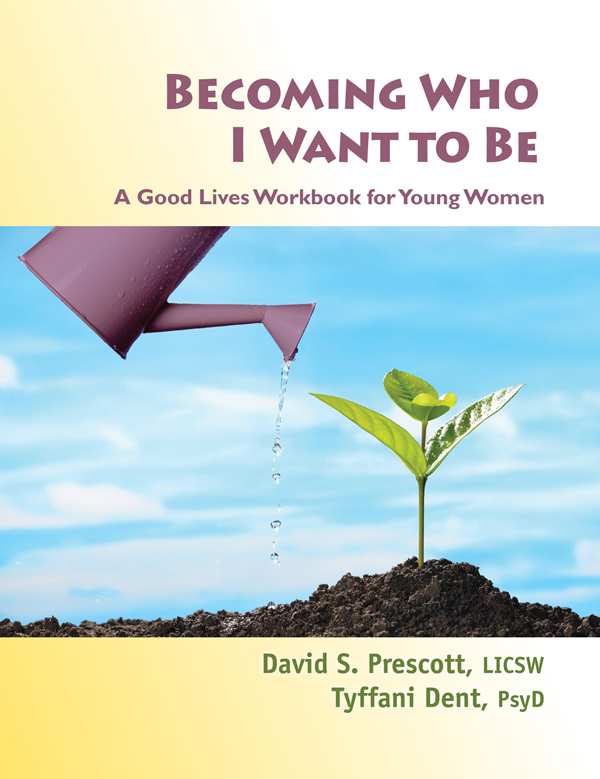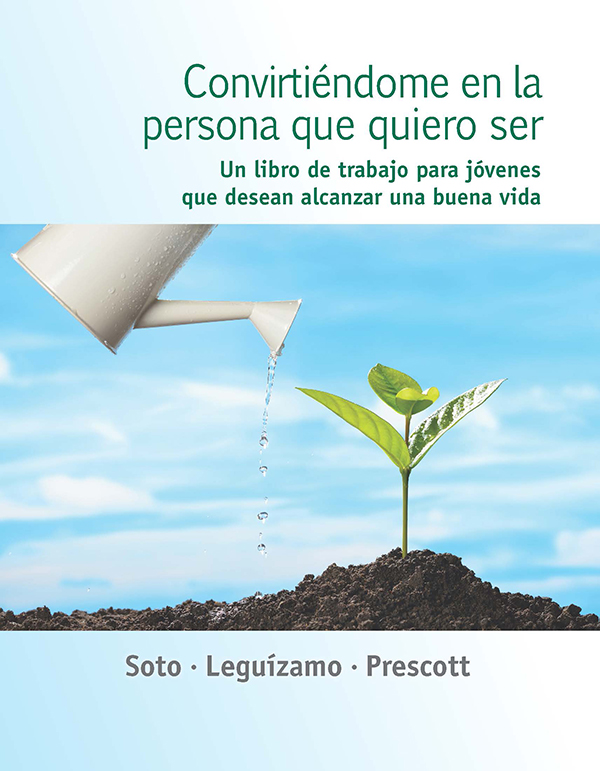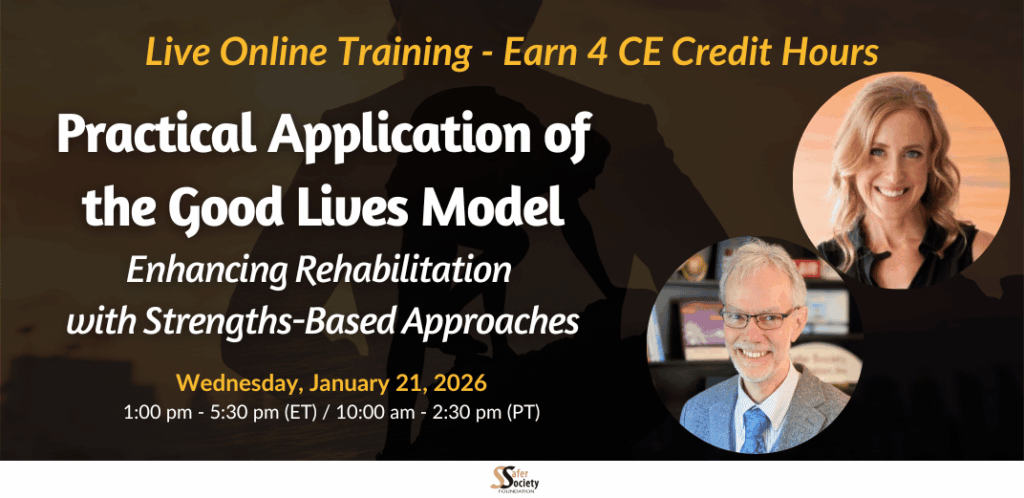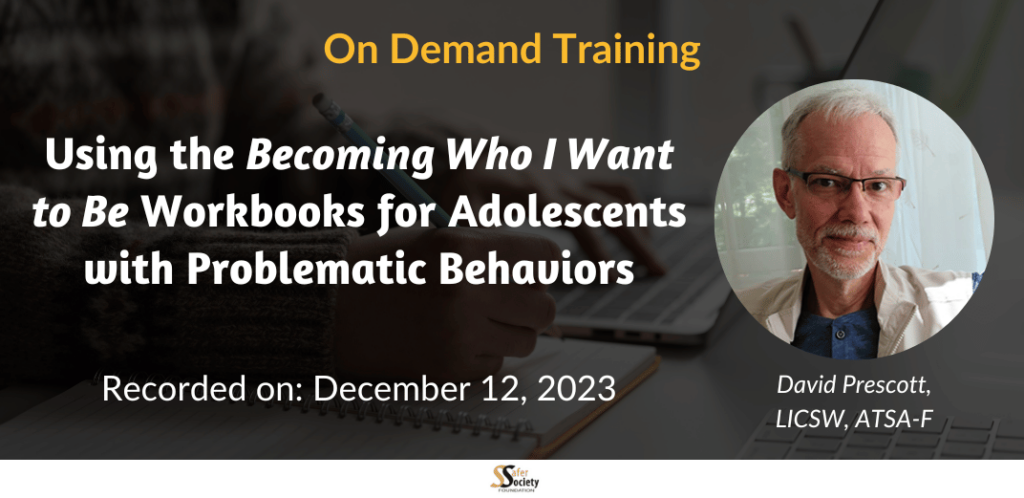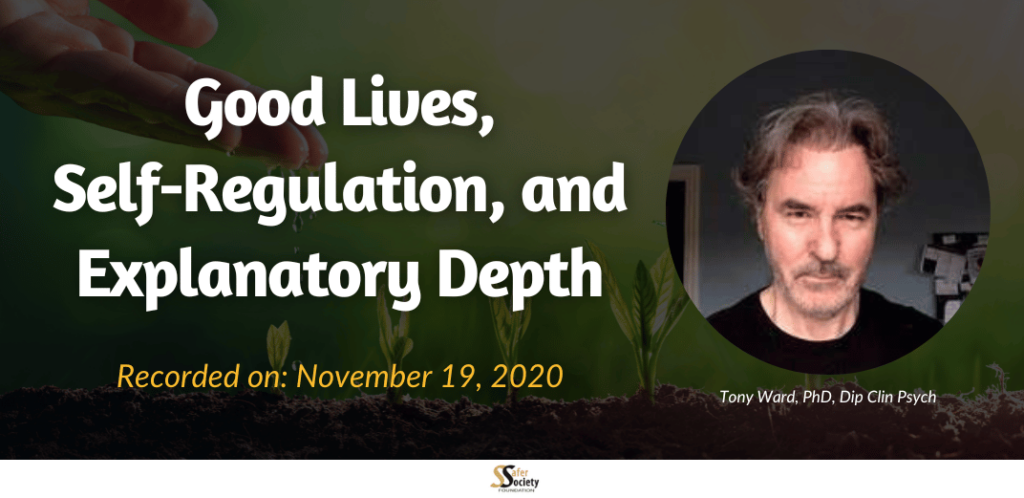What is the Good Lives Model?
The Good Lives Model (GLM) is a strengths-based rehabilitation framework for helping clients build lifestyles that are incompatible with offending. It was developed by Tony Ward in the early 2000s to address what Dr. Ward identified as a major shortcoming of the widely used RNR (Risk-Need-Responsivity) model of rehabilitation, which focuses almost exclusively on risk reduction. This shortcoming is the inherent difficulty of motivating and engaging clients in treatment when the treatment is aimed primarily at eliminating their harmful behaviors. Instead, the GLM provides a framework for helping clients build healthy, prosocial lifestyles that are aligned with their own values and priorities and incompatible with harmful behaviors.
The GLM achieves the aims of the RNR model by supporting clients in their quest to develop and implement a prosocial good life plan that is underpinned by their own core values, priorities, and strengths. The Good Lives Model accommodates the principles of risk, need, and responsivity in that it views a client’s dynamic risk factors as signals that the client lacks the capacity to achieve what Dr. Ward called primary human goods (such as relationships, mastery, inner peace, and autonomy) in prosocial ways. Dynamic risk factors are thus addressed in the broader pursuit of strengthening the client’s capacity to achieve valued goods by way of the acquisition of internal (e.g., skills, knowledge) and external resources (e.g., social supports, vocational training). The Good Lives Model has been embraced by treatment providers in a wide range of settings and in countries all over the world.
The Good Lives Model can take considerable effort to implement with fidelity, however, a number of resources developed by colleagues of Tony Ward are available to supplement clinicians’ ability to successfully implement the GLM.
Safer Society is the Source for Good Lives Model Resources
Safer Society Press was a pioneer publishing information about the GLM, as well as developing the top workbooks utilizing the model. Today we have a number of workbooks and professional guides to support clinicians and other professionals in applying the GLM approach with their clients.
Professional guidebooks include:
Workbooks
For Adults
Building a Better Life
A full GLM curriculum aimed specifically at the treatment of adult sexual abusers.
This workbook emphasizes the establishment of desirable goals toward which the client can work. This builds on the fundamental principles of the good lives model and on research findings that approach goals are inherently more attainable than avoidance goals; that people who build their lives around approach goals tend to be happier and less distressed than those who organize their lives around avoidance goals.
Lighter weight workbooks using the GLM to address harmful behaviors of many types, including sexual abuse:
For Adolescents
These workbooks use the GLM to address harmful behaviors of many types, including harmful sexual behaviors:
Online Trainings and Webinars
Online Training – Practical Application of the Good Lives Model
Developed and presented by Gwenda Willis and David Prescott, this four-hour online training equips professionals with practical methods for integrating the GLM into treatment programs for individuals who have sexually offended. Drawing on their extensive international experience, including work with programs in New Zealand, Australia, Singapore, Norway, North America, Germany, Italy, and Namibia, they provide clear strategies for embedding the model into program structure, content, and delivery. The training outlines how to conduct GLM-based assessments, design intervention plans, adapt RNR/CBT modules, and address dynamic risk factors such as sexual and general self-regulation using a GLM-informed approach.
On Demand Training – Using the Becoming Who I Want to Be Workbooks for Adolescents with Problematic Behaviors
The Becoming Who I Want to Be workbooks for young men and women were designed for professionals working with youths with problematic behaviors toward others. The workbooks were written to be fun and engaging for clients whose adverse childhood experiences and problem behaviors have caused them to fall behind academically, socially, and interpersonally. After this training, participants better understand how to use the workbooks in treatment.
The training begins by reviewing the core principles of the GLM and then offers ideas for how clinicians and counselors can use each section. Central to this training is its focus on dovetailing the GLM and these workbooks with Motivational Interviewing skills and the principles of Trauma-Informed Care.
On Demand Webinar – Good Lives, Self-Regulation, and Explanatory Depth: A Conversation with Tony Ward
In this webinar conversation, the developer of the Good Lives and Self-Regulation Models discusses their origins, development, implementation, and underlying theories. He also addresses several areas of his more recent research, including the importance of deepening our understanding of risk and protective factors.
This is a rare opportunity to hear from someone who has influenced our field as much as anyone in history.
